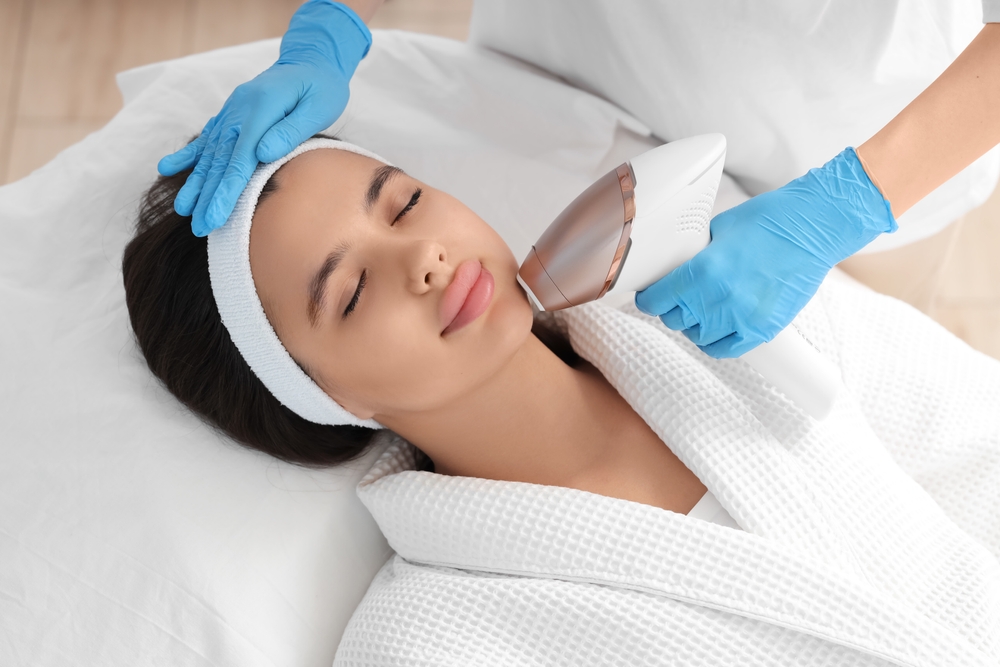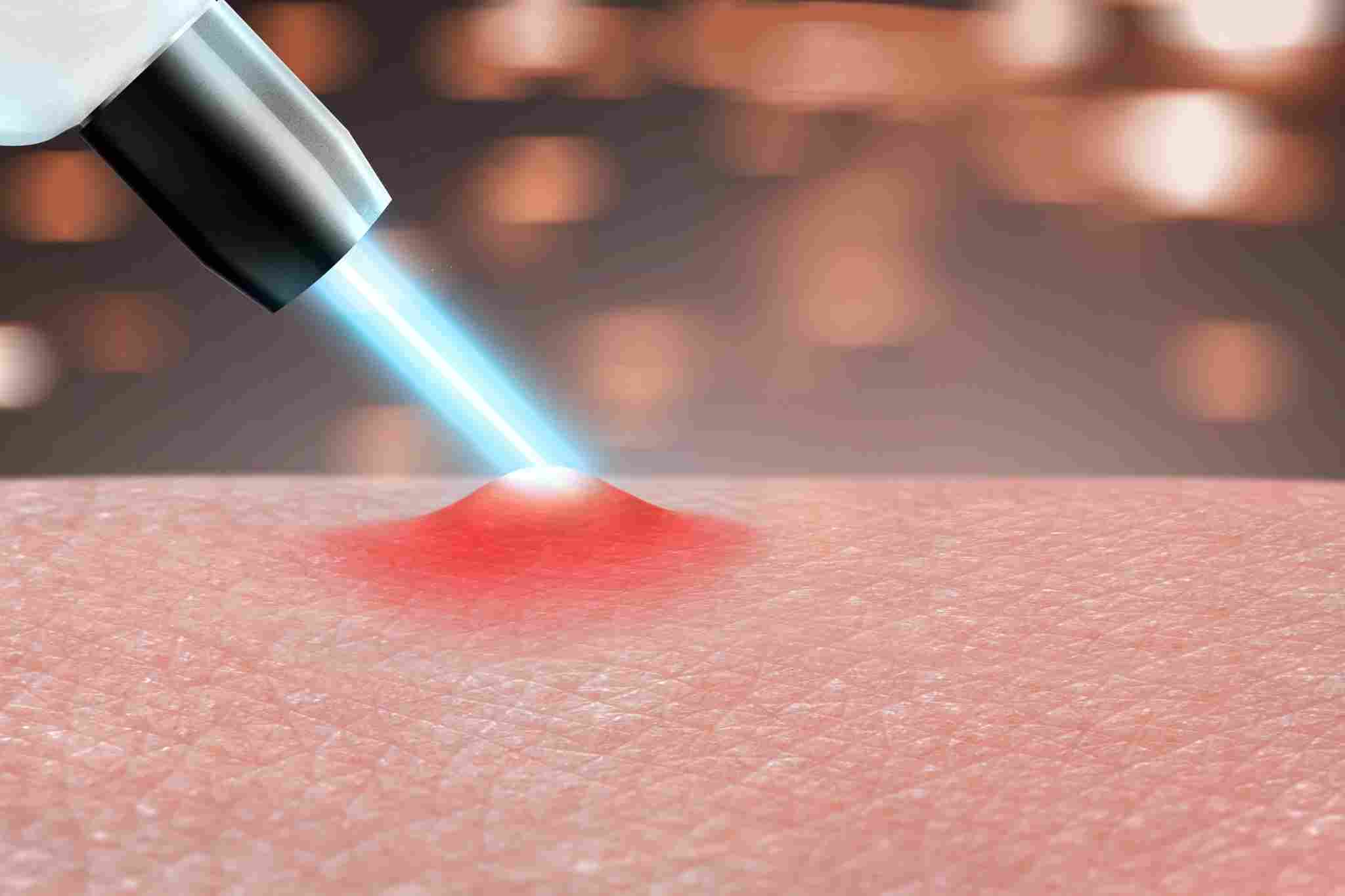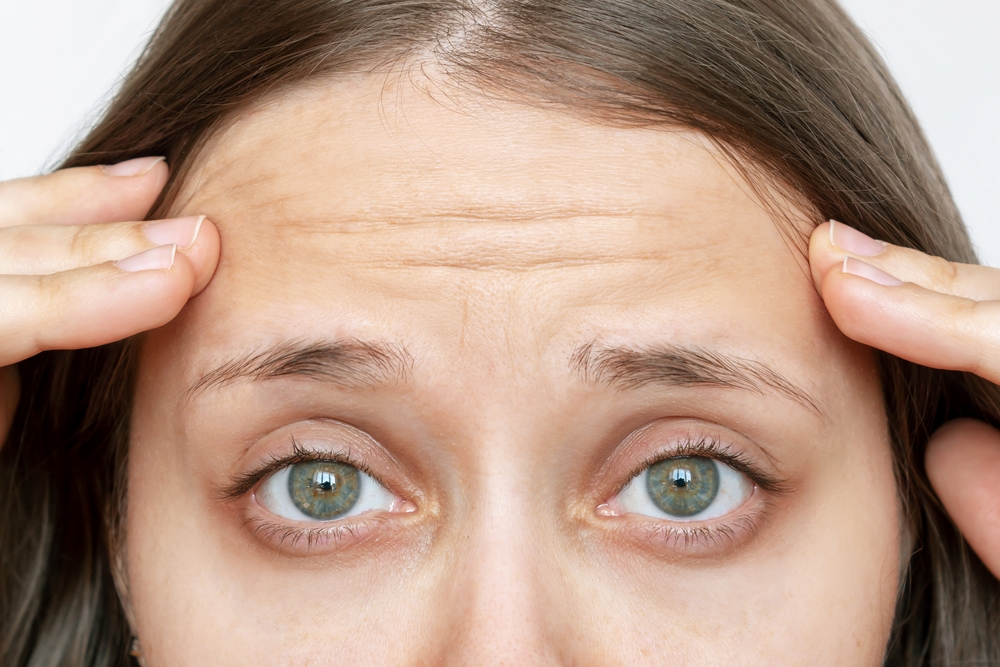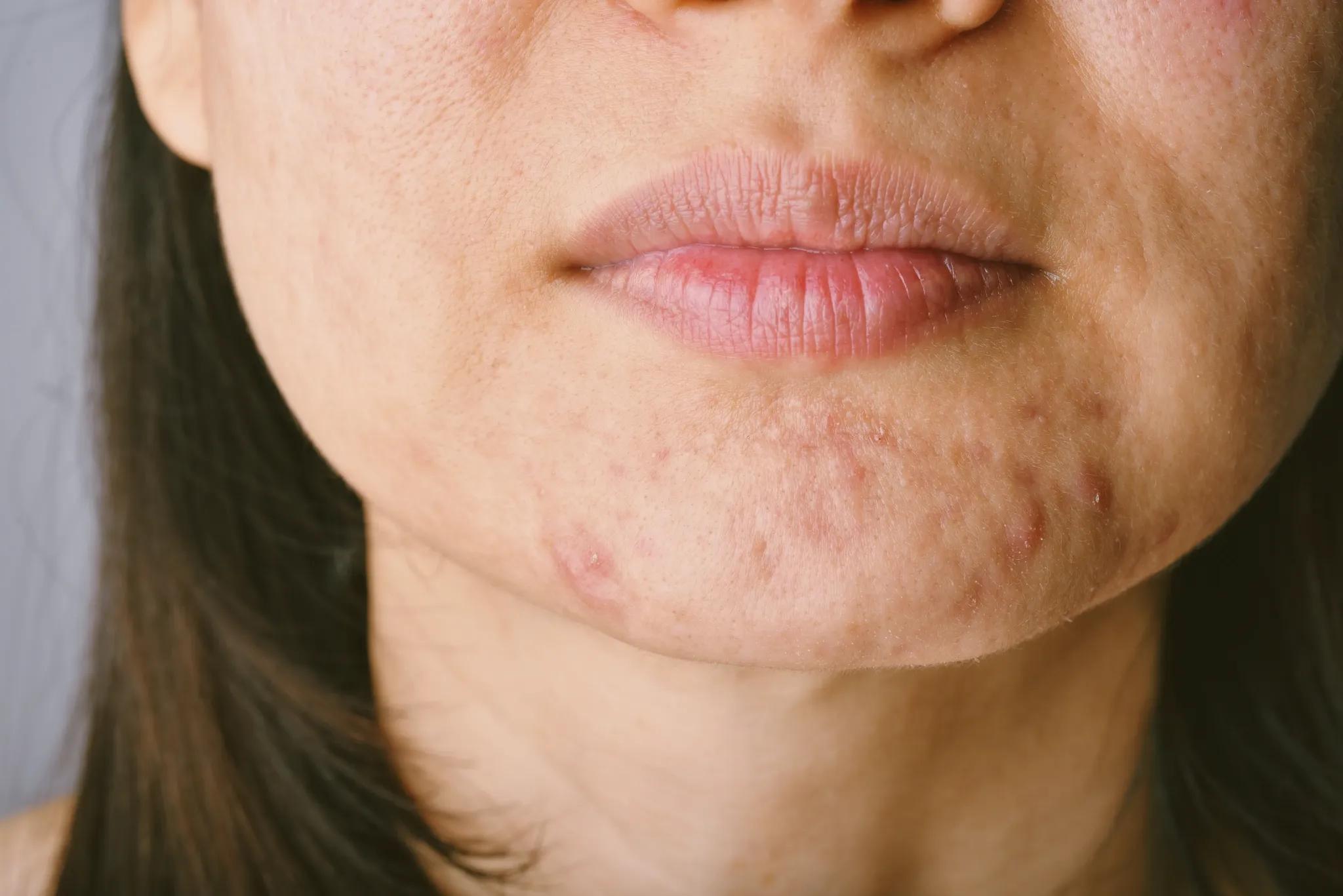
Everything You Need to Know About IPL Laser Treatment
In the evolving world of advanced skincare, IPL laser treatment has become one of the most sought-after solutions for those looking to improve skin clarity,
Our unique approach enables us to look beneath the surface of the skin and simulate your results prior to treatment. Learn more >
Results simulator now available. Learn more >

If you’ve struggled with acne scars, you’re likely seeking effective ways to reduce their appearance. Laser for acne and acne scars is one of the most popular treatment options available today. It works by applying targeted light therapy to the affected areas, breaking up damaged scar tissue and encouraging the growth of fresh, new skin cells.
The result? Clearer, smoother skin with a reduced appearance of acne scars. While laser treatment might not eliminate scars entirely, it can significantly improve the texture and tone of your skin, making scars far less noticeable.
Laser treatment involves using focused heat to penetrate the skin and break down scar tissue. This process activates the body’s natural healing response, promoting the regeneration of healthy skin cells in the treated areas.
The heat from the laser also stimulates blood flow, which helps reduce inflammation and redness, making scars less pronounced.
Since each case of acne scarring is unique, the specific type of laser and treatment plan will vary based on individual skin needs and scar types. With laser scar removal, you can expect improved skin texture and a more even complexion over time.
Various laser treatments are available for acne scar treatment, each tailored to different types of scars and skin needs. Here are the main options:
Ablative laser resurfacing uses either erbium YAG or CO2 lasers to remove the top layer of skin in the scarred area. This process essentially vaporizes damaged skin cells, allowing new skin to grow in their place.
After an ablative treatment, you may experience redness and swelling for several days as your skin heals.
This treatment is highly effective for deep acne scars, like boxcar or rolling scars, which benefit from a more intense approach. How dose laser for acne and acne scars work?
Non-ablative lasers, such as infrared lasers, work below the skin’s surface. Rather than removing layers of skin, they focus on stimulating collagen production and promoting the regeneration of healthy skin cells.
Non-ablative laser resurfacing is a less invasive option with minimal downtime, making it suitable for individuals with mild to moderate acne scarring who prefer a gentler treatment approach.
Fractional laser treatment targets the deeper layers of skin by focusing on smaller, more targeted sections. This approach works well for treating deep scars by breaking down pigmentation and encouraging the development of new skin cells.
It is particularly effective for icepick and boxcar scars, as it allows the laser to treat tiny areas without impacting surrounding skin tissue. Pimple laser treatments like these help smooth out the skin’s surface and promote a more even skin tone.
A good candidate for laser acne scar treatment generally includes individuals with the following characteristics:
Laser acne scar treatment can deliver noticeable, lasting improvements in skin texture for those who meet these criteria and are willing to follow the recommended care plan.
While laser for acne and acne scars is most commonly associated with facial treatments, it can be effective on other body areas affected by acne scarring, such as:
It’s essential to set realistic expectations for your acne scar treatment journey. While laser treatments can noticeably reduce the appearance of scars, they typically do not remove them entirely. The degree of improvement varies depending on the type and depth of your scars, as well as how your skin responds to treatment.
After a laser session, you might experience mild swelling, redness, or tenderness. It’s common for these effects to subside within a few days, though more intense treatments may require longer recovery times.
Following treatment, your skin will be more sensitive to sunlight, so wearing sunscreen is essential to prevent further damage.
In most cases, you’ll begin to see results within one to two weeks. However, it’s worth noting that full results can take a few months to appear, as your skin continues to heal and renew.
The cost of laser treatments for acne and acne scars can vary based on several factors, including the type of treatment, the size of the area, and the number of sessions required. Ablative treatments generally cost between AUD 2,800 and AUD 4,700, while non-ablative options range from AUD 1,600 to AUD 2,400.
Since laser treatments are considered cosmetic procedures, they are typically not covered by insurance, meaning you’ll need to pay out-of-pocket. However, many clinics offer payment plans or financing options to make treatment more affordable.
Consulting with a few clinics to compare prices and treatment plans can help you find the best option for your budget.
To ensure the best results, taking a few preparatory steps before your laser scar removal appointment is essential:
By taking these steps, you’ll help ensure your skin is well-prepared, enhancing the effectiveness and safety of your treatment.
After undergoing laser treatment for acne scars, taking proper care of your skin is crucial to achieving the best results and ensuring a smooth recovery. Here are some key aftercare steps:
Like any cosmetic procedure, laser scar removal does carry potential risks and side effects. Fortunately, most of these are mild and temporary:
In rare cases, more serious side effects can occur:
To minimise these risks, carefully follow your practitioner’s aftercare guidance, and don’t hesitate to contact them if you have concerns about your recovery.
Laser treatments for acne scars offer a powerful way to reduce the appearance of scars and improve skin texture. By breaking down old scar tissue and encouraging new skin cell growth, laser treatments can create a smoother, clearer complexion.
Whether you’re targeting scars on your face, back, or chest, laser treatments provide a versatile solution for those looking to regain their confidence and achieve healthier-looking skin.
Ready to transform your skin? Explore the benefits of laser for acne and acne scars with a professional team dedicated to helping you achieve the results you desire. Book your consultation today and take the first step towards clearer, smoother skin.

In the evolving world of advanced skincare, IPL laser treatment has become one of the most sought-after solutions for those looking to improve skin clarity,

Forehead wrinkles are among the first visible signs of ageing and often appear earlier than expected. These lines result from repeated facial expressions, environmental exposure,

Struggling with chin breakouts that just won’t disappear? You’re not alone. Acne in this area tends to be stubborn and persistent, often showing up as
"*" indicates required fields
Excellent, we are always excited to meet a new face or to welcome back a familiar one. Contact us in the way that best works for you!
© 2022 Bondi Junction Cosmetic Clinic. All rights reserved.
Enter your details and we will contact you within 24 hrs.
"*" indicates required fields